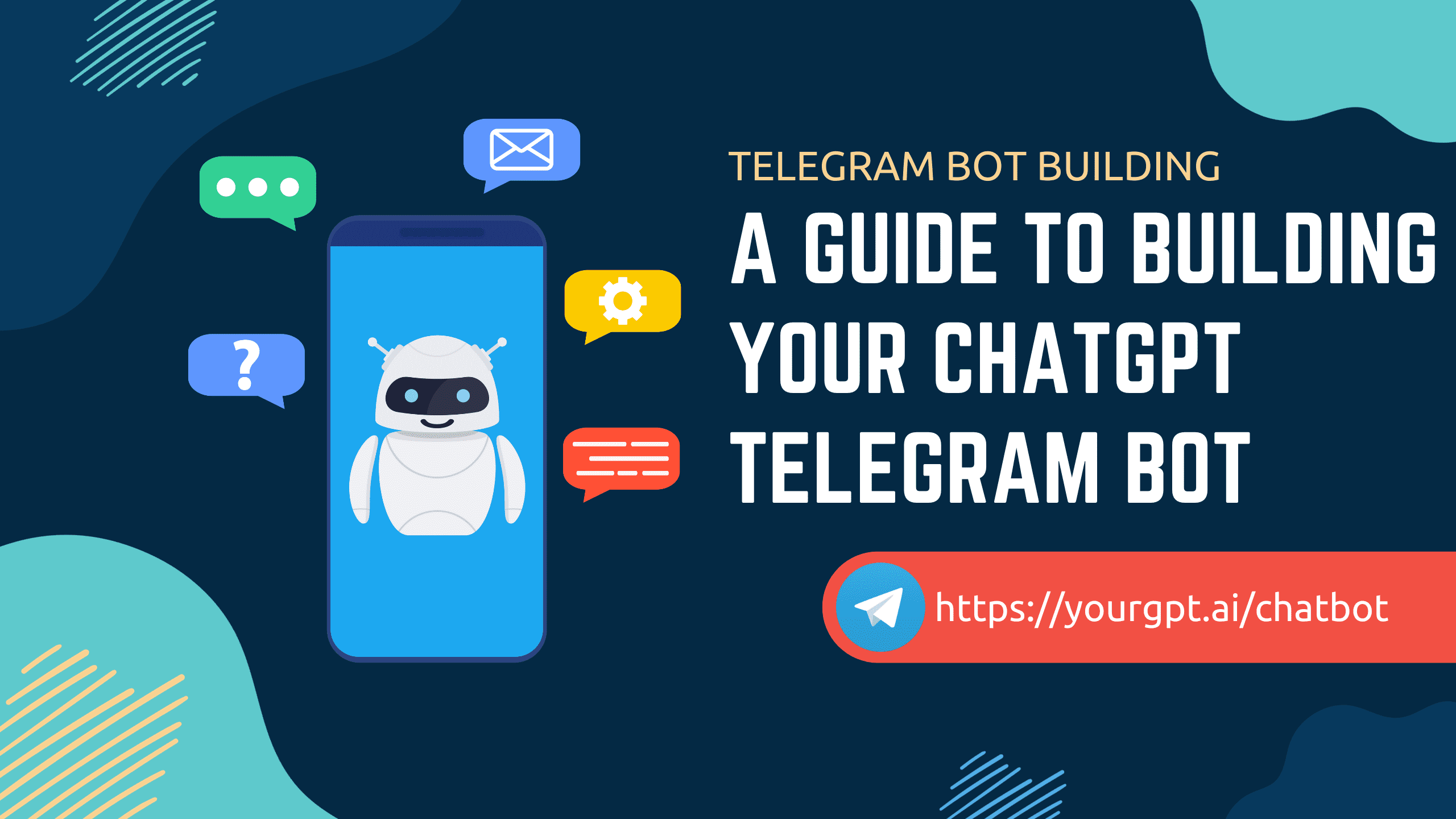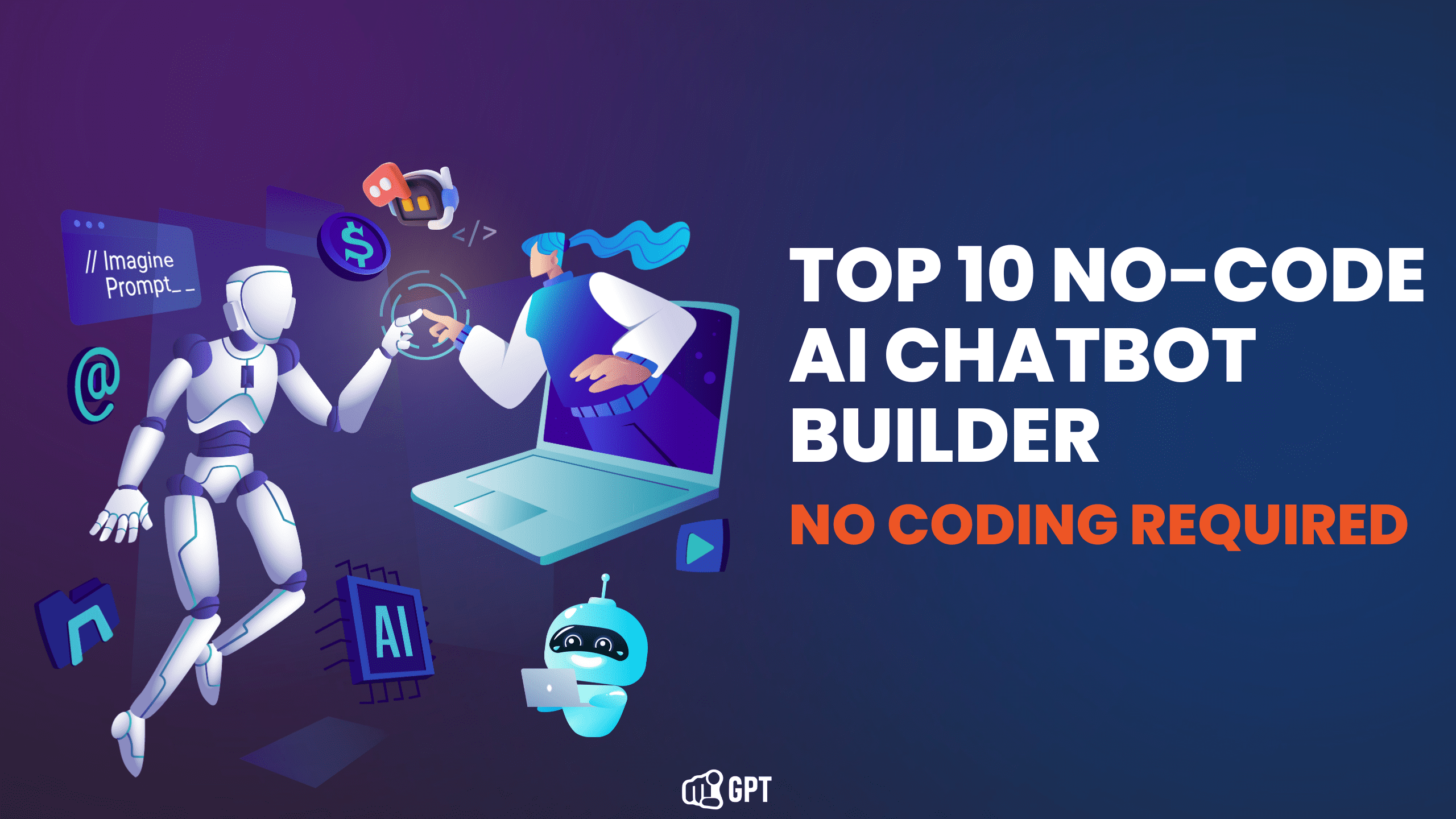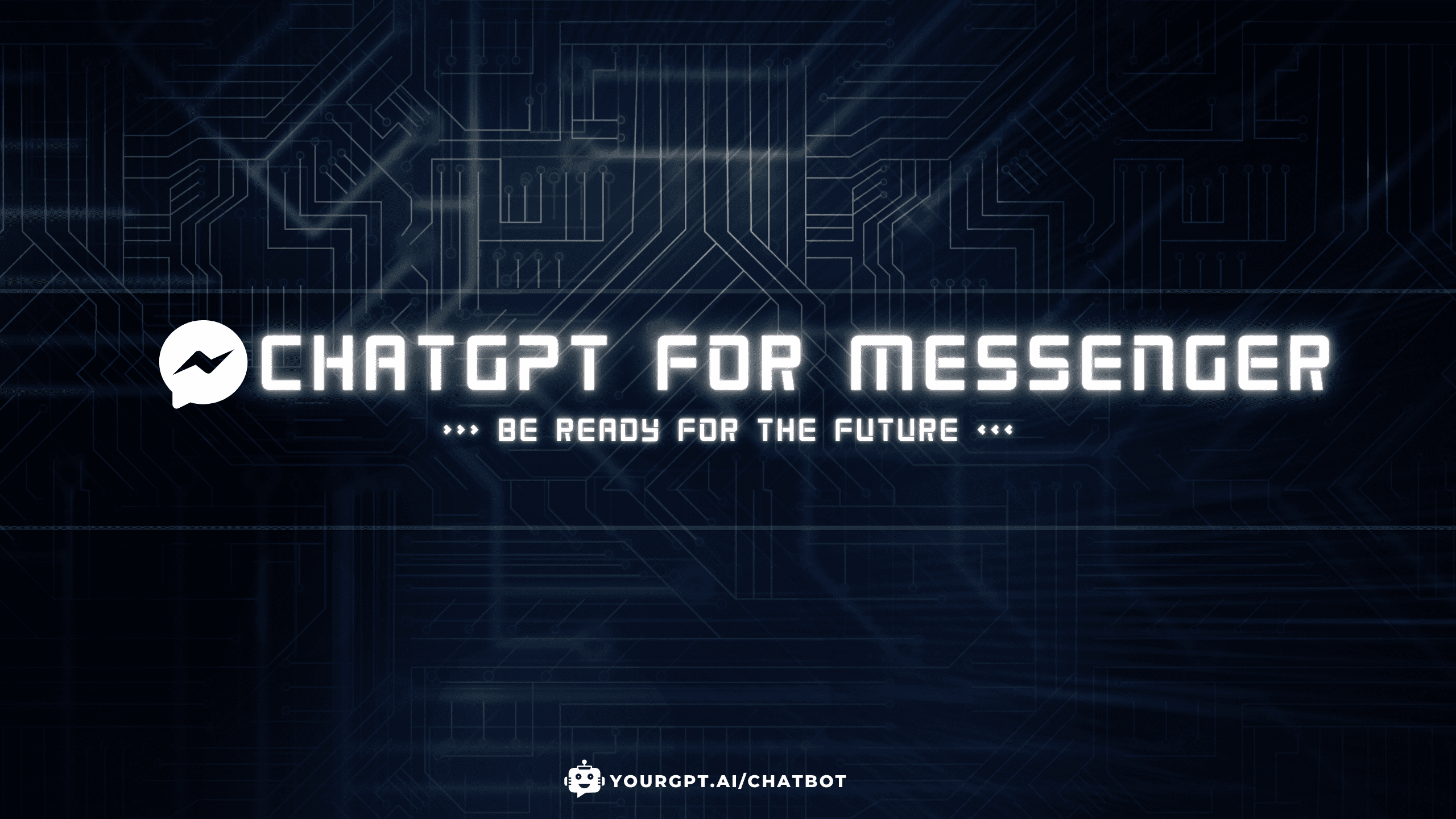This Week in AI: weekly AI Updates
This week in artificial intelligence, we have witnessed groundbreaking advancements that promise to change technology, creativity, human life, and machine understanding. From Google’s latest model, Gemini 1.5, to the innovative video generation capabilities of Sora, and the unveiling of V-JEPA and I-JEPA by Meta, the field of AI is advancing at an unprecedented pace, pushing beyond what was once thought to be unimaginable. These updates and explore what they mean for the future of AI.
Google’s Leap with Gemini 1.5

Google and Alphabet CEO Sundar Pichai announced the rollout of Gemini 1.5, a successor to the highly capable Gemini 1.0 Ultra. This new generation model showcases dramatic improvements in efficiency and capability, particularly in long-context understanding, with a capacity to process up to 1 million tokens. This breakthrough extends the potential for developers and enterprises to build more complex and nuanced AI applications, promising a future where AI’s understanding and interaction with human language are deeper and more meaningful than ever before.
Key Highlights:
- Efficiency and Performance: Gemini 1.5, with its Mixture-of-Experts (MoE) architecture, represents a significant leap in AI’s ability to learn and perform tasks more efficiently.
- Long-Context Understanding: The model’s capacity to process up to 1 million tokens opens new avenues for applications requiring a deep understanding of extensive data sets.
- Multimodal Capabilities: Demonstrations of Gemini 1.5 Pro’s abilities in understanding and generating content across text, code, image, audio, and video modalities underscore the model’s versatility.
Sora: Pioneering Video Generation
The introduction of Sora marks a significant milestone in video generation technology. By training on a diverse array of videos and images, Sora can generate high-fidelity videos up to a minute long, showcasing an unprecedented level of detail and realism. This model’s ability to simulate the physical world opens up new possibilities for content creation, education, and entertainment, offering a glimpse into a future where AI-generated content is indistinguishable from reality.
Key Highlights:
- Generative Capabilities: Sora’s ability to generate videos of variable durations, resolutions, and aspect ratios with high fidelity.
- Simulation of Physical and Digital Worlds: The model demonstrates emergent capabilities in simulating aspects of the physical and digital worlds, suggesting potential applications in virtual reality, gaming, and simulation-based learning.
How Sora Works
Sora represents a significant leap in AI’s ability to generate video content. At its core, Sora is a text-conditional diffusion model that operates on a novel principle of transforming videos and images into a unified representation for large-scale training. This approach enables the generation of high-fidelity videos of variable durations, resolutions, and aspect ratios. Here’s a closer look at the mechanics behind Sora:
Turning Visual Data into Patches

Sora begins by compressing visual data (videos and images) into a lower-dimensional latent space. This process involves reducing the dimensionality of the visual content temporally (over time) and spatially (across the image or video frame). Once compressed, the data is decomposed into spacetime patches, which serve as the basic units for the model’s training and generation processes.
Spacetime Latent Patches
These patches act as tokens for the transformer architecture, similar to how words or subwords function in language models. By creating videos as sequences of these spacetime patches, Sora can efficiently learn from and generate content across a wide range of visual formats.
Diffusion Transformers for Video Generation

Sora employs a diffusion transformer architecture, which has shown remarkable scaling properties in various domains. In the context of video generation, the model is trained to predict the original “clean” patches from noisy input patches, conditioned on textual or other forms of prompts. This process iteratively refines the generated content, leading to high-quality video outputs.
Flexible Sampling and Generation
One of the key strengths of Sora is its flexibility in generating content. By arranging randomly-initialized patches in grids of different sizes, Sora can produce videos and images tailored to specific resolutions, durations, and aspect ratios. This capability allows for a wide range of creative and practical applications, from generating content for different screen sizes to simulating complex visual scenarios.
V-JEPA: Advancing Machine Intelligence
Meta’s release of the Video Joint Embedding Predictive Architecture (V-JEPA) model represents a significant step towards realising Yann LeCun’s vision of advanced machine intelligence (AMI). V-JEPA’s approach to understanding the world through video analysis could revolutionise how machines learn from and interact with their environment, paving the way for more intuitive and human-like AI systems.
Key Highlights:
- Efficient Learning: V-JEPA’s self-supervised learning approach, which predicts missing parts of videos, demonstrates a significant improvement in training and sample efficiency.
- Application Versatility: The model’s ability to adapt to various tasks without extensive retraining suggests a future where AI can quickly learn and perform a wide range of activities, mirroring human learning efficiency.
How V-JEPA Works
The Video Joint Embedding Predictive Architecture (V-JEPA) is a groundbreaking model developed by Meta, aimed at advancing machine intelligence through a more nuanced understanding of video content. Unlike traditional models that focus on generating or classifying pixel-level data, V-JEPA operates at a higher level of abstraction. Here’s an overview of how V-JEPA functions:
Predicting Missing Parts of Videos

At its core, V-JEPA is designed to predict missing or masked parts of videos. However, instead of focusing on the pixel level, it predicts these missing parts in an abstract representation space. This approach allows the model to concentrate on the conceptual and contextual information contained within the video, rather than getting bogged down by the minutiae of visual details.
Self-Supervised Learning with Masking
V-JEPA employs a self-supervised learning strategy, where a significant portion of the video data is masked out during training. The model is then tasked with predicting the content of these masked regions, not by reconstructing the exact visual details, but by understanding and generating abstract representations of what those regions contain. This method encourages the model to learn higher-level concepts and dynamics of the visual world.
Efficient Training and Adaptation

One of the innovative aspects of V-JEPA is its efficiency in learning from video data. By focusing on abstract representations, the model achieves significant gains in training and sample efficiency. Furthermore, V-JEPA’s architecture allows it to be adapted to various tasks without the need for extensive retraining. Instead, small, task-specific layers or networks can be trained on top of the pre-trained model, enabling rapid deployment to new applications.
Masking Strategy
V-JEPA’s masking strategy is carefully designed to challenge the model sufficiently, forcing it to develop a deeper understanding of video content. By masking out large regions of the video both in space and time, the model must learn to infer not just the immediate next frame but the overall dynamics and interactions within the scene. This approach helps V-JEPA develop a more grounded understanding of the physical world, much like how humans learn from observing their environment.
Conclusion
The artificial intelligence (AI) showcased this week includes some truly amazing developments that point to a bright future for innovation. From Google’s Gemini 1.5 to Meta’s V-JEPA, these technologies are pushing the limits of what AI can accomplish, promising improved understanding, increased creativity, and more human-like interactions. These innovations have the potential to transform many industries and help shape a future in which AI plays an increasingly important role in our lives as it develops.






